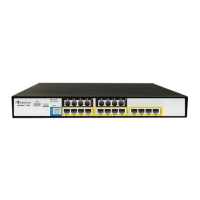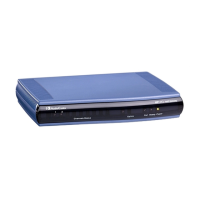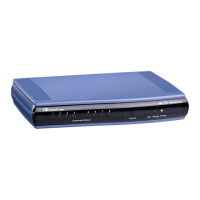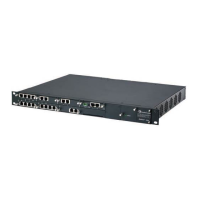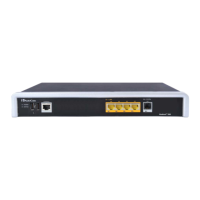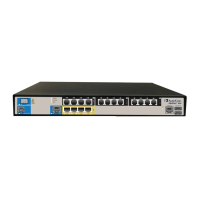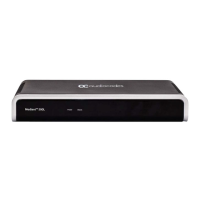Version 7.2 623 Mediant 1000B Gateway & E-SBC
User's Manual 28. SBC Overview
Note:
• To implement transcoding, you must configure the number of required DSP
channels for transcoding (for example, MediaChannels = 120). Each transcoding
session uses two DSP resources.
• The transcoding mode can be configured globally, using the TranscodingMode
parameter or for specific calls, using the IP Profiles table.
• It is recommended to use the MPM(s) when transcoding is required.
28.5.5 Transcoding Mode
By default, the device performs transcoding only if required. This refers to all types of
transcoding (interworking) that require DSPs such as voice coder transcoding, DTMF
negotiations, and fax negotiations. Transcoding is required, for example, when two SIP
entities use different coders. In such a scenario, you would need to configure transcoding
(i.e., extension coders), the device performs coder transcoding between the legs (inbound
and outbound). If the SIP entities use the same coder, the device does not perform
transcoding.
Alternatively, you can configure the device to always perform transcoding, regardless
whether it is required or not. This is referred to as forced transcoding. For example, if the
SIP entities use the same coder, the device performs transcoding of the same coder (e.g.,
G.711 and G.711) between the two legs.
The transcoding mode can be configured globally (TranscodingMode parameter) or per
SIP entity using IP Profiles (IpProfile_TranscodingMode parameter).
Note: If the transcoding mode is configured to Force
transcoding) for an IP Profile associated with a specific SIP entity, the device also
applies forced transcoding for the SIP entity communic
ating with this SIP entity,
regardless of its IP Profile settings.
28.5.6 Prioritizing Coder List in SDP Offer
In addition to restricting the use of coders using Allowed Audio Coders Groups (see
''Configuring Allowed Audio Coder Groups'' on page 389), you can also prioritize the coders
listed in the SDP offer. This feature is referred to as Coder Preference and applies to both
SBC legs:
Incoming SDP offer: The device arranges the coder list in the incoming SDP offer
according to the order of appearance of the Allowed Audio Coders Group that is
associated with the incoming dialog. The coders listed higher up in the group take
preference over ones listed lower down. To configure this, configure the 'Allowed
Coders Mode' parameter (IpProfile_SBCAllowedCodersMode) in the associated IP
Profile to Preference or Restriction and Preference. If you configure the parameter
to to Preference, the coders in the SDP offer that also appear in the Allowed Audio
Coders Group are listed first in the SDP offer, and the coders in the SDP offer that do
not appear in the Allowed Audio Coders Group are listed after the Allowed coders in
the SDP offer. Therefore, this setting does not restrict coder use to Allowed coders,
but uses (prefers) the Allowed coders whenever possible.
Outgoing SDP offer: If only Allowed coders are used, the device arranges the coders
in the SDP offer as described above.

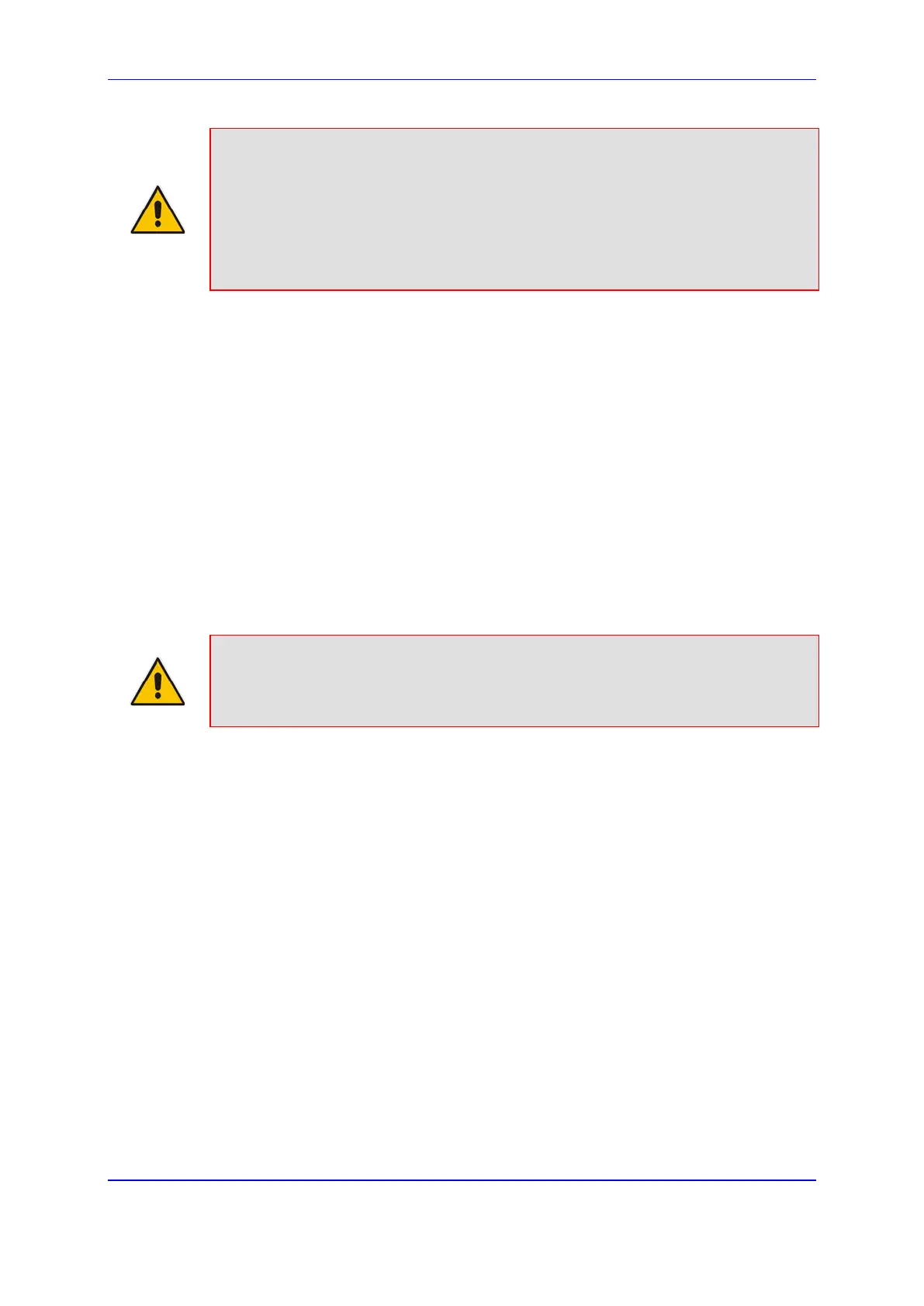